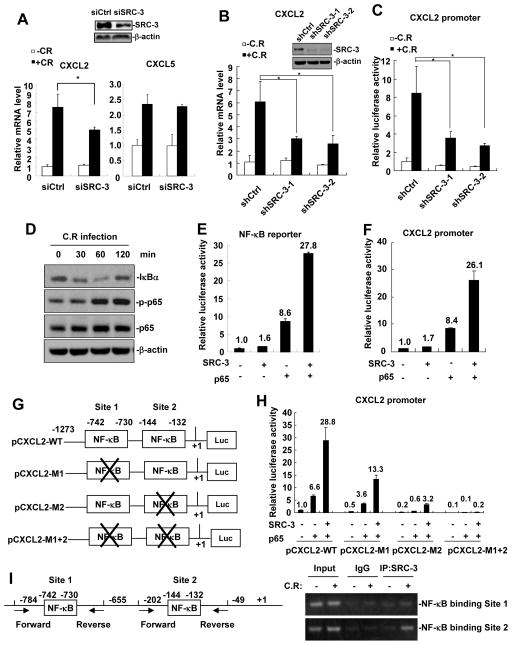Figure 6. SRC-3 regulates the expression of CXCL2 in CMT93 cells via enhancing NF-κB signaling.
A, siSRC-3-mediated knockdown of SRC-3 in CMT93 cells reduced C. rodentium-induced CXCL2 expression, but not CXCL5 expression. Data are presented as the means + SD (n = 3). *p<0.05. B, C. rodentium-induced CXCL2 expression was reduced in two SRC-3-knockdown stable CMT93 cell lines (shSRC-3-1 and shSRC-3-2). Data are presented as the means + SD (n = 3). *p<0.05. C, CXCL2 promoter activity was decreased in shSRC-3-1 and shSRC-3-2 CMT 93 cells infected with C. rodentium for 6 hours at MOI 200. Data are presented as the means + SD (n = 3). D, C. rodentium infection induced IκBα degradation and p65 phosphorylation. E, SRC-3 cooperated with p65 to enhance the activity of NF-κB reporter. F, SRC-3 cooperated with p65 to enhance the activity of CXCL2 reporter. G, Schematic representation of the CXCL2 promoter. Two NF-κB binding sites were shown. × denotes the mutation of NF-κB binding site. H, Mutation analysis of the role of two NFκ-B binding sites in NF-κB-mediated activation of CXCL2 promoter. CMT 93 cells were transfected with control or mutated CXCL2 promoter, SRC-3 expression plasmids and p65 expression plasmids. CXCL2 promoter activity was assayed 24 hours post transfection. Data are presented as the means + SD (n = 3). I, SRC-3 was recruited to the CXCL2 promoter upon C. rodentium infection. Left panel: Positions of the sub-fragments detected in ChIP assays. Right panel: ChIP assay showed that SRC-3 was recruited to the CXCL2 promoter upon C. rodentium infection.

